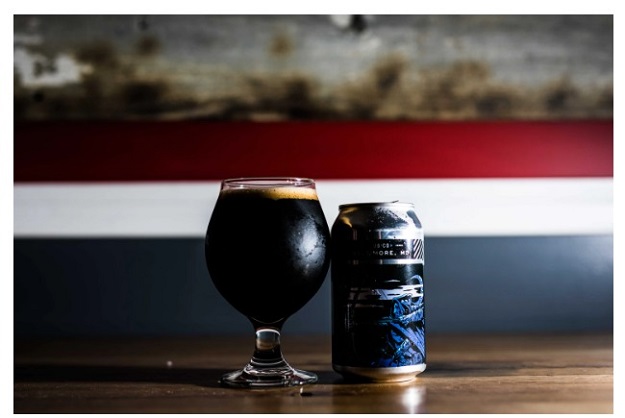One of the known examples of soft drinks is soda. Sodas appeal to our taste in a unique way. It has an addictive flavor. When the sun is up, the weather is humid, and you’re thirsty, it’s always nice to take a sip of a soft drink (aside from water). Somehow, it provides a satisfying feeling as the thirst is quenched.
Soft drinks are carbonated and non-alcoholic. This type of beverage is formed through the combination of water and sugar. Of course, carbon dioxide plays a big role in the entirety of the product. How? It causes the cooling sensation, slows down microorganisms’ growth rate, lessens acid content, prevents fungi from multiplying in the air.
Other times, sugar can be ousted by sweeteners to reduce the calorie intake of consumers. Four sweeteners can be added: aspartame, cyclamate, saccharin, and acesulfame.
The Main Ingredients And Types
To answer how soft drinks are manufactured, you must know the main and standard ingredients that comprise a soft drink first. Of what is it made?
The principal ingredient is none other than water. This water should not contain a large bacterial count that’s why it needs to be filtered and softened. Next is the sugar. Sugar can be mixed in different forms – solid, liquid, or syrup. Then, the acid. The acid helps define the flavor of the soda through the ratio of sweetness and sourness.
Here are some types of soft drinks: mineral water, fruit-based such as fruit lemonades, tonic, lemonade-aerated, and caffeinated-aerated. By the way, the word ‘soft’ refers to items like isotonic and energy drinks, which are considered value-added.
Preparing The Sugar Syrup
Sugar syrup is the foundation of soft drinks. It determines the good quality of the beverage. To achieve optimum, the ingredients must be properly dissolved into the water – sugar, acid, flavor, and coloring elements. Sugar can be dispersed in either warm or cold temperature with rigid stirring.
The customary formulation carries flavoring, acidity regulators, antioxidants, preservatives, or concentrated fruit juice. Sugar content is lessened or replaced by artificial sweeteners for ‘less sugar’, ‘sugar-free’ or ‘diet’ soft drinks. Dissolving sugar typically requires heating either at ambient temperature or higher. This depends on the production scale.
Meanwhile, if powdered ingredients will be added, they can be premixed while dry. Doing this will keep agglomerates from forming during the mixing process in an industrial machine like Ginhong mixer. This type of mixer minimizes the number of stirring times. It works effectively in particle size reduction and dispersion of sugar into the water as well as in the regulation of heat usage.
After the successful mixing, the sugar syrup must be left to cool down and release the air that entered the concentration due to churning.
Pasteurization
Prior to the saturation of carbon dioxide, the syrup would require pasteurization, especially those with higher acid content or with fruit juices. Ideally, it is done for 20 seconds at 80 degrees Celsius. This heat is adequate in getting rid of bacteria, microorganisms, and other unwelcomed cells. If the pH exceeds 4.6, then it must be sterilized. Lower than that, vegetative cells won’t thrive.
This process may be executed while the syrup is still inside the tanks. Flash pasteurization or ultraviolet radiation can be applied.
Impregnation
In this phase, carbon dioxide enters the syrup – the finished product. Although, it can be initially mixed with water before the formulation of the sugar syrup. The solubility of carbon dioxide rises while the temperature falls. It is why the temperature of the processed liquid should be properly regulated.
Carbon dioxide pressure varies for different kinds of soft drinks. Fruit-based beverages contain fewer bubbles; they do not require much carbonation. On the other hand, tonics need to be over-pressured to prompt movement with ease inside machines and tanks.
Packaging
The final mixture or finished product will be poured into cans and bottles through the equipment at a high volumetric flow rate. These containers are promptly sealed and the closures are pressure-resistant. In a room temperature, the packaged soft drinks’ coolness must be soothed before they are labeled. If this will not be done, condensation might destroy the labels.
Warm water is sprayed to them. Afterward, they should be dried. Product information must be included in the product label. Lastly, the bottles or cans are placed in cases, trays or boxes for delivery. They will then be distributed to suppliers and clients who sell them directly to consumers.
Conclusion
A wide variety of beverages are sprawling in markets, convenience stores, and groceries. For the manufacturers, we encourage you to prioritize the safety of the people who consume your products by providing soft drinks with balanced and tolerable volumes of the mentioned ingredients. This article also aims to enlighten the minds of the patrons of sodas and other carbonated drinks in terms of processing these refreshments. While it is okay to drink them, still, make sure you consume moderately.

